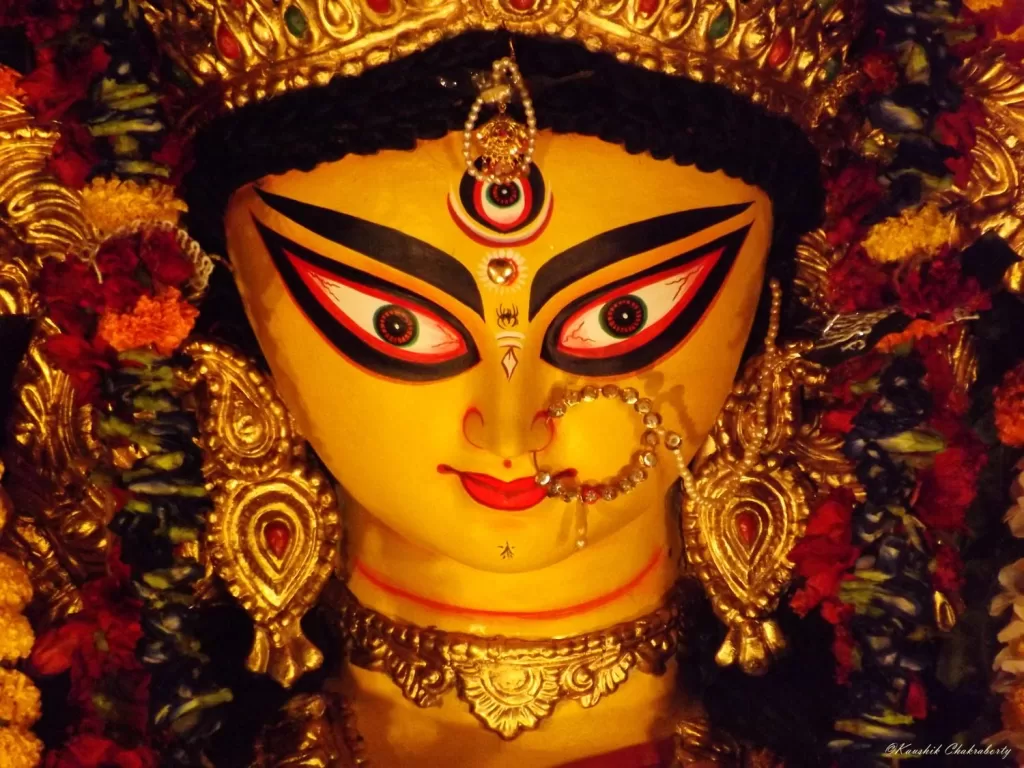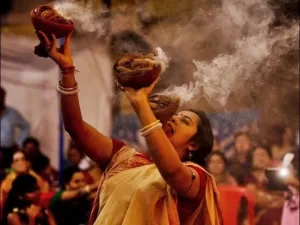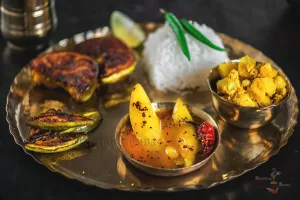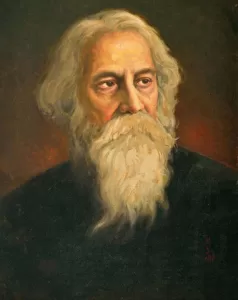 Exploring Bengali Tradition & Culture
Exploring Bengali Tradition & Culture
Bengali tradition and culture are among the most vibrant and ancient in the world, steeped in history, art, literature, and festivals that resonate across generations. Whether you’re drawn to the colorful celebrations, the rich history, or the delectable cuisine, understanding Bengali culture offers a window into the heart of India’s Bengal region and its diaspora across the world.
Historical Roots of Bengali Tradition
Bengal, the land of the Bengali people, has a history that spans thousands of years. From the ancient kingdoms of Bengal to its role in the independence movements of the 20th century, the region’s history has shaped its culture significantly. The influence of ancient civilizations, including the Mauryan and Gupta empires, and later the Bengal Sultanate and British colonial rule, can still be seen in the traditions followed today.
One of the most prominent features of Bengali tradition is its emphasis on education, intellectualism, and art. Bengal has produced legendary poets, philosophers, and writers like Rabindranath Tagore, the first non-European Nobel laureate in Literature, and Kazi Nazrul Islam, known as the rebel poet. Bengali literature continues to flourish, preserving a legacy of creativity and intellectual thought.
Festivals: A Celebration of Life
No discussion of Bengali tradition would be complete without mentioning its festivals, which are an integral part of the culture. Among the most famous is Durga Puja, a Hindu festival that honors the goddess Durga. This five-day celebration is marked by elaborate rituals, vibrant processions, and artistic displays in nearly every part of Bengal. The spirit of Durga Puja transcends religious boundaries, as it brings together people from all walks of life to celebrate Bengali identity.
Poila Boishakh, the Bengali New Year, is another widely celebrated occasion, marked by cultural performances, family gatherings, and the consumption of traditional Bengali dishes. It’s a time when people set new goals for the year ahead and reconnect with their roots.
Durga Puja, is a major Hindu festival celebrated primarily in India, especially in West Bengal, to honor the goddess Durga. It marks the triumph of good over evil, symbolized by Durga’s victory over the buffalo demon Mahishasura. The festival involves elaborate rituals, artistic displays, music, dance, feasts, and the installation of beautifully crafted idols of Durga. It typically spans several days, with the final day, known as Vijayadashami or Dussehra, commemorating Durga’s return to her heavenly abode. The festival is a time of joy, community bonding, and cultural expression.
Eid al-Fitr and Christmas are also celebrated by Bengali Muslims and Christians, respectively, reflecting the multicultural fabric of Bengali society. These festivals, along with regional celebrations, highlight the diverse and inclusive nature of Bengali culture.
Cuisine: A Feast for the Senses
Bengali cuisine is a cornerstone of its tradition. Known for its bold flavors, it blends sweet, sour, spicy, and bitter elements into a perfect harmony. The cuisine is dominated by rice and fish, with Hilsa (Ilish) fish being a symbol of Bengali gastronomy.
A typical Bengali meal is incomplete without shorshe ilish (Hilsa fish in mustard sauce), shobji, and a variety of macher jhol (fish curry). The sweet tooth of the Bengali people is famous worldwide, with delicacies like rasgulla, sandesh, and mishti doi (sweetened yogurt) offering a taste of Bengal’s sweetness in both flavor and spirit.
Art and Music: The Heartbeat of Bengali Culture
Bengali culture thrives on its art and music, which are often intertwined with its festivals and daily life. Rabindra Sangeet, the songs of Rabindranath Tagore, are beloved by Bengalis worldwide. These songs, filled with lyrical beauty and philosophical depth, are a testament to the spiritual and cultural richness of Bengali tradition.
Bengali folk music, including Baul songs, has a deep spiritual connection, with themes of love, nature, and mysticism. The Baul community, often traveling minstrels, are considered the custodians of this unique form of music.
Language and Literature: A Taste Of Words
The Bengali language itself is a major pillar of the culture. Spoken by over 230 million people globally, it is one of the most widely spoken languages in the world. Bengali literature, from the works of Tagore to modern poets, offers a rich tapestry of emotional depth and intellectual rigor.
The Bengali alphabet is beautiful and distinctive, and Bengali writers have produced some of the finest literary works in the world, many of which have been translated into multiple languages. The contribution of Bengali writers to world literature is immeasurable, and it continues to inspire new generations.
Bengali Identity Around the World
Bengali culture is not confined to Bengal alone; it has spread globally due to migration and the Bengali diaspora. Major communities can be found in cities like London, New York, and Toronto, where festivals, language, and food continue to be celebrated, preserving Bengali traditions far from home.
Conclusion: A testament to the resilience and creativity of its people.
Bengali tradition and culture are a testament to the resilience and creativity of its people. From its deep historical roots to its vibrant festivals, flavorful cuisine, and enduring art forms, Bengali culture offers a rich and diverse heritage that continues to thrive in the modern world. Whether you are experiencing it firsthand or through the global diaspora, the spirit of Bengali tradition is a celebration of life, art, and unity.



Leave a Reply